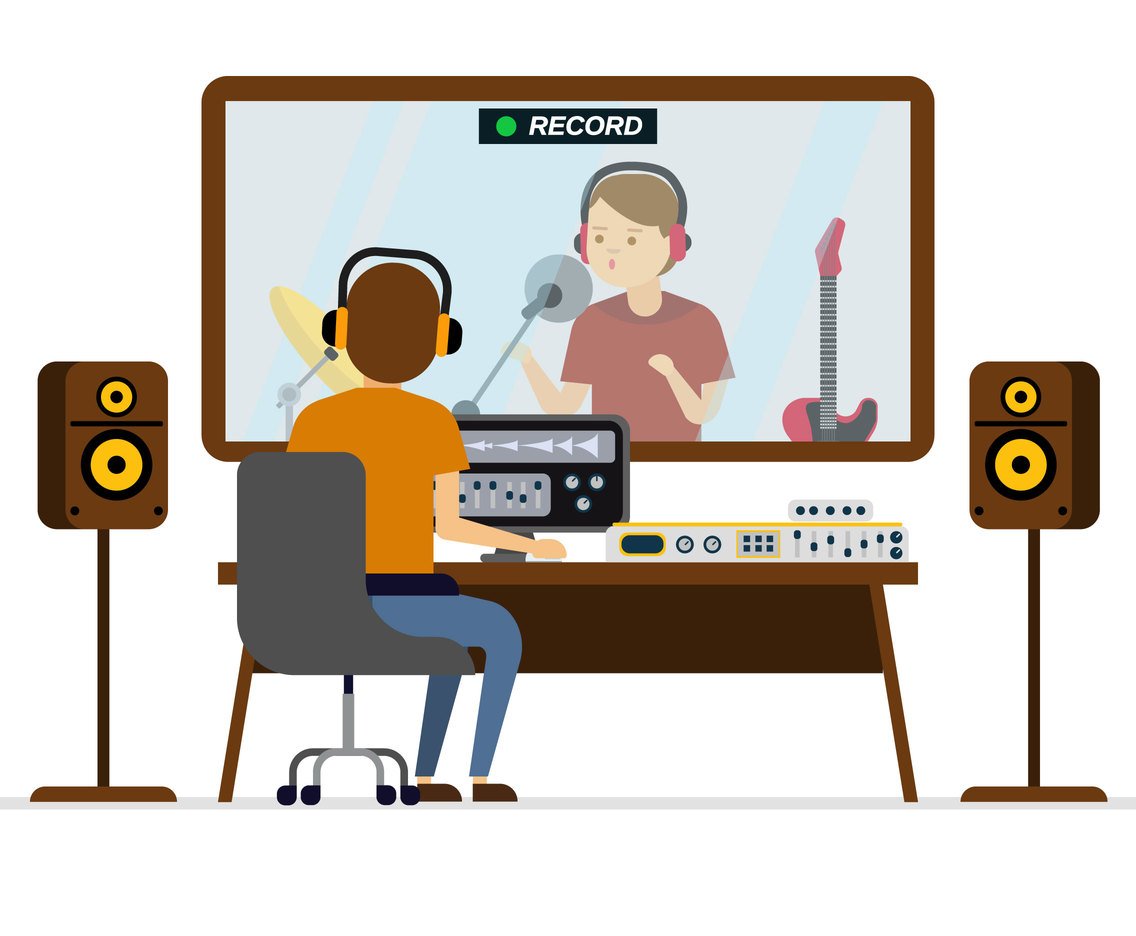Effective communication is necessary for any corporation to succeed in today’s hectic and cutthroat business environment. Although visual components are typically the center of attention in professional settings, the significance of sound should never be discounted. Corporate audio, which includes a wide range of audio-based communication channels and technology, is crucial for engaging staff members, clients, and other stakeholders. Corporate audio is a potent medium for communicating ideas and increasing engagement, and it can be used for everything from internal announcements and training sessions to outside marketing campaigns. In this essay, we go into the world of corporate audio and look into its definition, uses, advantages, and emerging trends.
( Also Read About – audio-mastering-basics-taking-your-music-that-extra-step )
Corporate Audio Understanding
“Corporate audio” is the term used to describe the strategic use of audio-based communication technologies in a corporate setting. Voiceovers, podcasts, conference calls, webinars, public address systems, and webinars are just a few of its many channels. The goal is to inform the target audience, foster their participation, and produce experiences that impact them. It consists of various platforms, tools, and channels companies use to spread information, involve stakeholders and employees, and raise brand awareness.
Corporate audio serves as a tool to facilitate effective communication and to give the audience in question experiences they will remember. Investor relations, marketing and branding, internal communications, training and development, and other key facets of the corporate environment are just a few of the areas where it is crucial. By utilizing the power of sound, businesses can communicate their thoughts in a more compelling and memorable way, foster teamwork, and increase brand awareness.

Corporate audio usage can enhance communication, engagement, accessibility, and learning flexibility while also helping to create a distinctive brand identity. It can stir up emotions as well. The corporate audio industry is embracing emerging trends as technology develops, including cutting-edge audio technologies in virtual meetings, customized audio learning experiences, voice assistants powered by artificial intelligence, and immersive audio technologies.
Corporate audio, in general, is a crucial component of effective corporate communication because it helps businesses to communicate with, interact with, and leave a lasting impression on their employees, clients, and other stakeholders.
( Read More – how-to-identify-the-dolby-atmos-sound-tracks )
Applications of Corporate Audio
Achieving high levels of employee engagement and productivity requires excellent internal communication. Companies can communicate important company-wide announcements, business updates, training materials, and inspirational messages to their staff using corporate audio. Businesses may ensure consistent and intelligible communication among various departments and locations by using audio channels like intercom systems or corporate podcasts.
- Marketing and Branding: Jingles, sound logos, and voiceovers are examples of audio branding that can increase consumer engagement and brand recognition. Suppose businesses take the time to carefully develop the audio elements that make up that identity. In that case, they may create a distinctive aural identity that resonates with their target audience and improves brand memory. Additionally, audio advertising helps businesses access a wider audience of potential clients and effectively spread their marketing messages, whether it be through radio broadcasts, podcasts, or digital channels.
- Better Communication: Audio has a specific ability to convey emotions, grab listeners’ attention, and make it simpler to understand what is being said. By utilizing corporate audio, organizations can deliver messages more compellingly, increasing the likelihood that employees will remember the information and support the organization’s objectives.
- Increased Employee Engagement: Employee involvement is crucial to creating a positive corporate culture. Corporate audio simplifies developing dynamic and immersive experiences, motivating staff members and other stakeholders to actively participate in meetings, training sessions, and events. As a result, there is improved teamwork, motivation, and overall event enjoyment.
- Convenience and Flexibility: Those with visual impairments or linguistic difficulties who want to communicate can use audio-based communication. Furthermore, since audio content can be listened to while on the road, staff members can access crucial information whenever and wherever they need it; they can use their cellphones, other audio-playing devices, or podcasts.
- Enhanced Information Understanding and Retention: It has been demonstrated that using audio in communication improves these two processes. Numerous studies have shown that people are much more likely to retain information delivered to them via audio than through text alone. Corporate audio can be used in meetings, presentations, and employee training programs to help increase employees’ memory of previously learned knowledge.
- Connection to Emotions and the Brand’s Personality: Audio profoundly affects emotions and can elicit specific emotions in its listeners. With the use of carefully chosen music, voiceovers, and sound effects, corporate audio has the potential to create an emotional bond with the target audience. This will make a lasting impact and strengthen the brand’s individuality. It lets organizations communicate their vision, values, and culture in a more memorable way to audiences.
- Interactive and Collaborative Experiential Events: Business audio can encourage team members to work together and communicate with one another more. Employees with access to technology like conference calls, audio webinars, and podcast discussions may participate in real-time conversations, share ideas, and collaborate despite geographical limitations. This encourages a sense of community among the employees, cooperation, and creativity.
- Podcasts and Audio-Based Training Programs: Provide Personalized Learning Experiences Programs and podcasts that are audio-based and offer options for individualized learning. Employees can access information whenever most convenient, allowing them to learn at their own pace and review material as needed. This adaptability allows accommodating a range of learning preferences and styles, ultimately leading to more effective skill and knowledge acquisition.
- Superior Accessibility: The audio produced by the company is made to be friendly to a wide audience and simple to use by all different types of people. This will help employees who have difficulty reading or seeing clearly because it provides an alternative method of communication. Additionally, audio content may be translated into various languages, ensuring that hurdles to effective communication and understanding do not exist in a workforce of people who speak different languages.
- Maintaining current trends: Businesses must accept developing trends in corporate audio if they want to keep their market share. A more immersive and realistic experience is given to the remote participants in a virtual conference that uses advanced audio technologies, such as noise suppression and spatial audio. Artificial intelligence-powered voice assistants could automate routine administrative tasks and enable hands-free communication in offices.
(Also Read About – is-dolby-atmos-the-future-of-mixing )
Developing trends in corporate audio:
Corporate audio is a constantly evolving industry that adapts to consumer preferences and technological advancements. Among such developing trends are:
- Meetings and conferences are conducted online, enhancing remote participation with cutting-edge audio technologies.
- Through interactive podcasts and adaptive training programs, audio learning experiences may be created that are specific to the learner.
- Artificial intelligence-powered virtual assistants that offer natural voice-controlled interactions in professional contexts.
- The incorporation of immersive audio technology, such as spatial audio and 3D soundscapes, to deliver completely immersive experiences for virtual events and simulations.
( Read More – what-is-sound-mixing-and-mixing-techniques )
Conclusion
By using corporate audio, businesses have several opportunities to improve communication, level of engagement, and brand recognition. Suppose companies use the possibilities of audio-based mediums and keep up with evolving trends. In that case, they may stimulate cooperation, build stronger relationships with their audience, and give customers experiences that will last with them for a long time. Corporate audio will undoubtedly play a more significant role in the business sector as technology develops. This will unquestionably change how businesses communicate with and interact with their stakeholders.


Leave a Reply